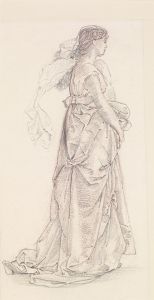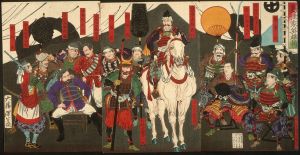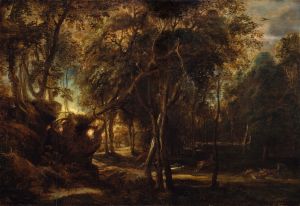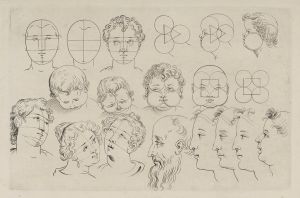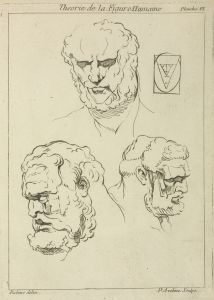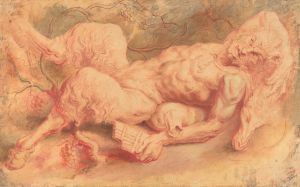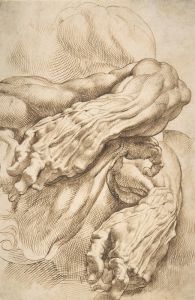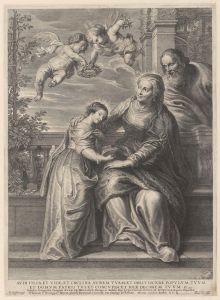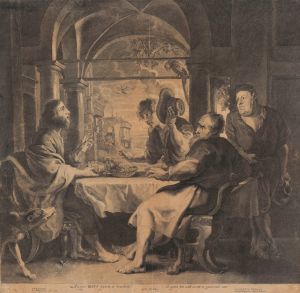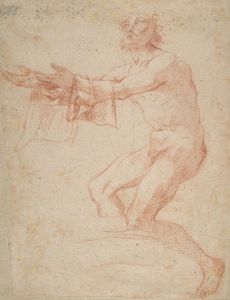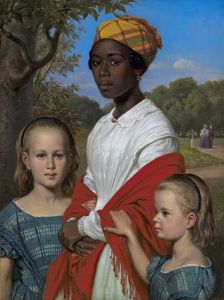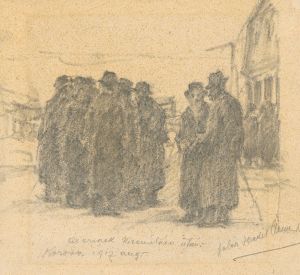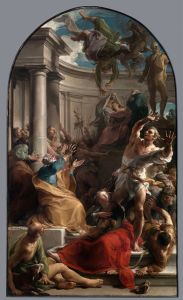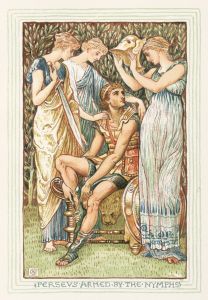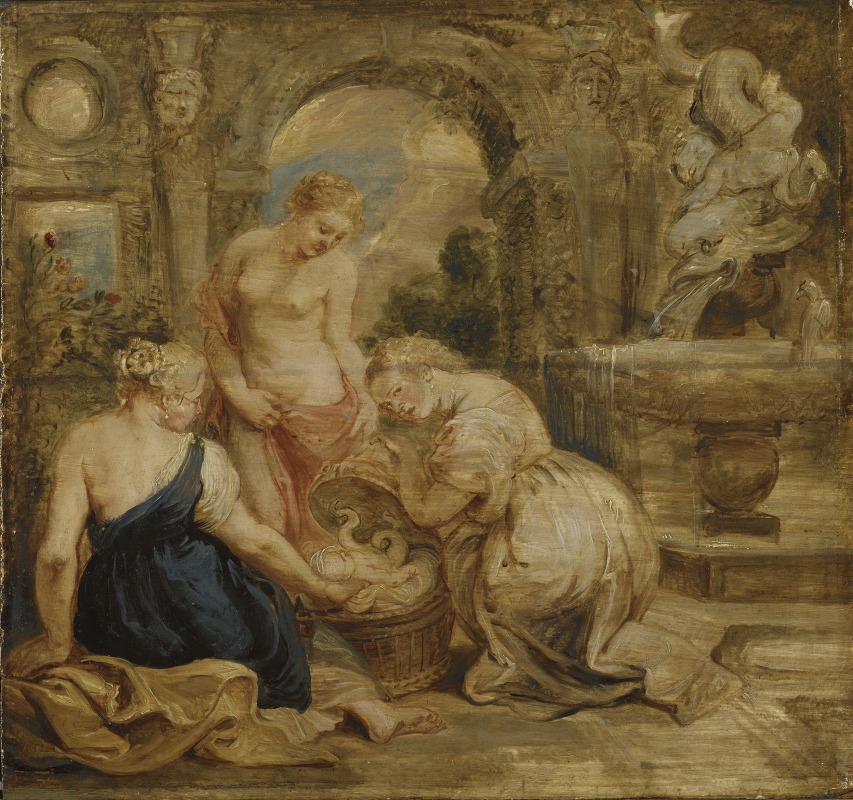
Cecrops’ Daughters Finding Erichtonius. Sketch
A hand-painted replica of Peter Paul Rubens’s masterpiece Cecrops’ Daughters Finding Erichtonius. Sketch, meticulously crafted by professional artists to capture the true essence of the original. Each piece is created with museum-quality canvas and rare mineral pigments, carefully painted by experienced artists with delicate brushstrokes and rich, layered colors to perfectly recreate the texture of the original artwork. Unlike machine-printed reproductions, this hand-painted version brings the painting to life, infused with the artist’s emotions and skill in every stroke. Whether for personal collection or home decoration, it instantly elevates the artistic atmosphere of any space.
Peter Paul Rubens, a prominent Flemish Baroque painter, is known for his dynamic compositions, vibrant color palette, and dramatic use of light and shadow. Among his extensive body of work, Rubens created a sketch titled "Cecrops’ Daughters Finding Erichtonius." This sketch is a representation of a mythological scene from ancient Greek mythology, showcasing Rubens' interest in classical themes and his ability to convey complex narratives through art.
The sketch depicts the moment when the daughters of Cecrops, the mythical first king of Athens, discover the infant Erichtonius. According to the myth, Erichtonius was born from the earth and was a son of Hephaestus and Gaia, or alternatively, Hephaestus and Athena, depending on the version of the myth. Athena, wishing to keep the child a secret, placed him in a box and entrusted it to the daughters of Cecrops—Aglauros, Herse, and Pandrosos—with strict instructions not to open it. However, driven by curiosity, the sisters opened the box and found the child inside, often depicted with serpent-like features.
Rubens' sketch captures this pivotal moment of discovery, highlighting the themes of curiosity and disobedience, which are central to the myth. The composition likely reflects Rubens' mastery in portraying human emotion and interaction, even in a preliminary sketch. His ability to convey movement and tension through line work and shading is evident, as is his skill in rendering the human form with anatomical precision.
While the sketch itself is a preparatory work, it provides insight into Rubens' creative process and his approach to mythological subjects. Rubens often used sketches as a means to explore composition, form, and the interplay of figures before executing a final painting. This practice was common among artists of his time and allowed for experimentation and refinement of ideas.
The myth of Erichtonius and the daughters of Cecrops has been a popular subject in art due to its rich narrative and symbolic content. It explores themes of secrecy, the consequences of curiosity, and the intersection of divine and mortal realms. Rubens' interpretation of this mythological episode would have resonated with contemporary audiences familiar with classical literature and its moral lessons.
Rubens' work, including sketches like "Cecrops’ Daughters Finding Erichtonius," played a significant role in the Baroque movement, characterized by its emphasis on drama, movement, and emotional intensity. His contributions to art have left a lasting legacy, influencing countless artists and shaping the development of Western art.
In summary, "Cecrops’ Daughters Finding Erichtonius" by Peter Paul Rubens is a sketch that exemplifies the artist's engagement with classical mythology and his skill in capturing complex human emotions and narratives. Through this work, Rubens continues to be celebrated for his artistic innovation and his ability to bring mythological stories to life.





